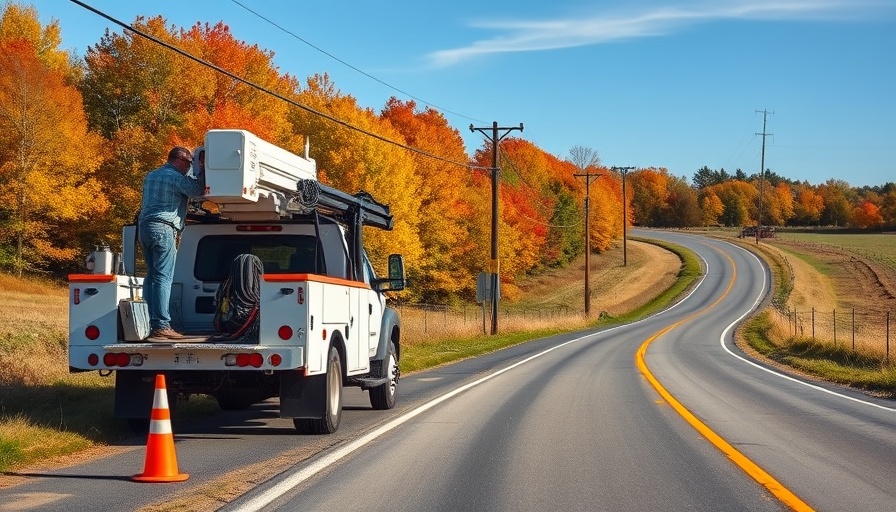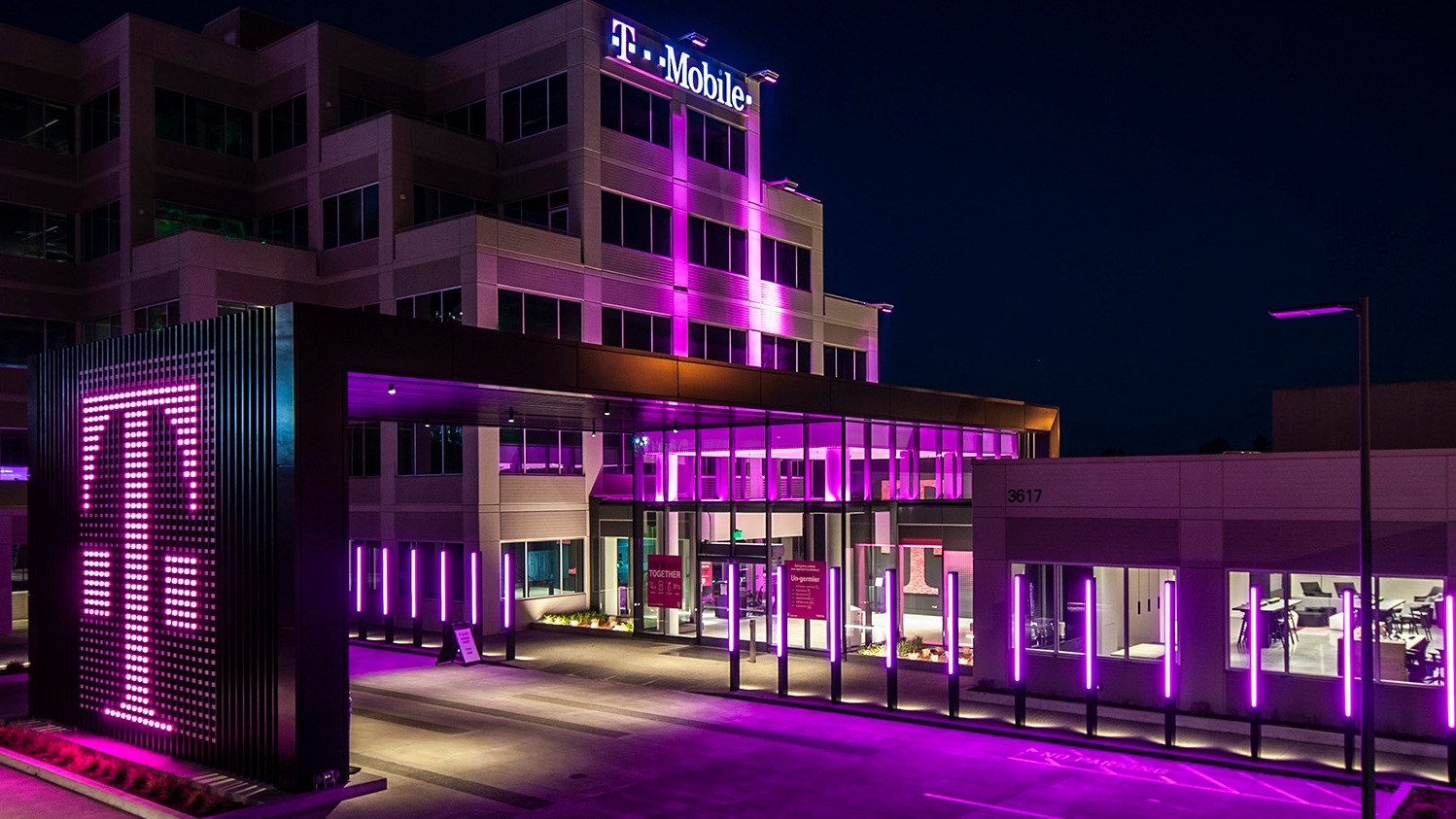
Understanding the Last Mile in Broadband Networks
The “last mile” refers to the final segment of a broadband network that connects service providers to homes and businesses. In the United States, with 99% of homes in cable coverage accessing gigabit speeds, the importance of this last leg cannot be overstated. It's this segment that enables the data to flow from infrastructure to end devices, much like a driveway connects a home to the bustling road outside.
Challenges of Building Last-Mile Infrastructure
Constructing the last mile presents unique challenges, especially in rural areas where populations are sparse and geographic obstacles can be daunting. Cable providers use innovative approaches, such as fixed wireless technology, to extend connectivity to underserved areas. This ensures that even those in remote locations can have access to high-speed internet.
The Role of Technology in Enhancing Connectivity
To facilitate faster internet connections, providers are employing advanced DOCSIS technologies, enabling upgrades without the need for extensive new cable installations. Furthermore, the expansion of 5G networks is revolutionizing how broadband is delivered, ensuring that more people have access to high-speed internet, enhancing both residential and business connectivity.
Investments in Nationwide Connectivity
Billions of dollars have been invested by cable companies to expand networks across the country. Partnerships with local governments and community organizations have been vital for funding these broadband expansions, making it possible to improve internet service and accessibility significantly.
Looking Ahead: Future of Broadband Connectivity
As federal funding for broadband expansion becomes available, we can anticipate further enhancements in last-mile infrastructure. This funding will not just increase speeds and access in urban areas but will also help bridge the digital divide in rural communities, ensuring that all Americans can stay connected in an increasingly digital world.
 Add Row
Add Row  Add
Add 

 Add Row
Add Row 


 Add Element
Add Element 

Write A Comment